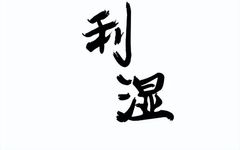Director Ning provides you with knowledge on health and wellness.Click below to follow for free↓↓↓
The difficulty of eliminating dampness can be likened to mixing oil with flour.
Without further ado, let’s get straight to the methods.
First: Promoting Dampness Removal
This is not difficult to understand; it involves using li zhi (dampness-promoting) Chinese herbs to expel the dampness from the body through urination. This method is generally used for conditions with scanty urination due to dampness, where dampness accumulates in various parts of the body and seeps into the bladder. Many people know that consuming red beans and coix seeds is an effective method for this, but it is only effective in the short term. You can also try Fu Ling (Poria), which is a good dampness-promoting herb that is gentle and does not harm the spleen and stomach.
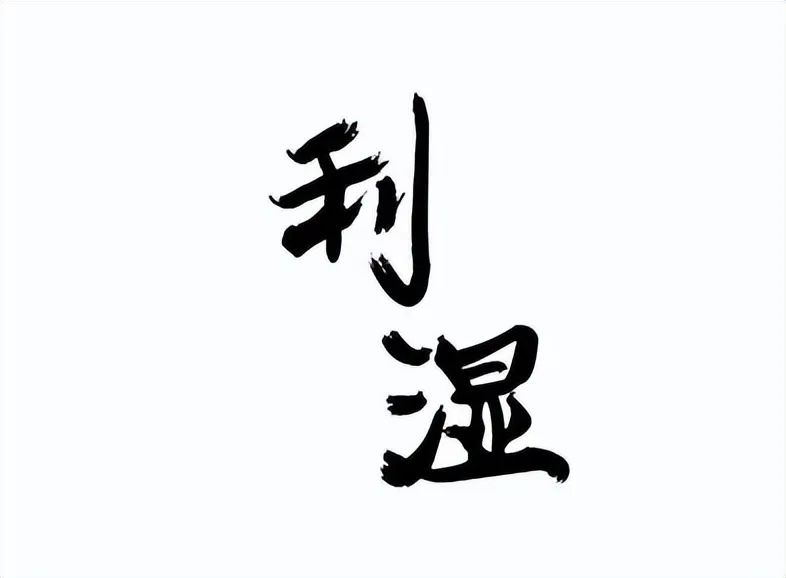
Second: Sweating Out Dampness
This means allowing dampness to gradually seep out through sweating. In simpler terms, it is about inducing sweat to expel dampness through the pores. Sweating, or shēn shī (sweating out), can be achieved with herbs that promote sweating to expel dampness from the body. However, excessive sweating or not sweating at all in hot weather are both abnormal conditions. Sweating can first expel toxins from the body and also has a good effect on dispelling dampness and cooling the body. Gui Zhi (Cinnamon Twig) can strengthen Yang and promote sweating to eliminate dampness.
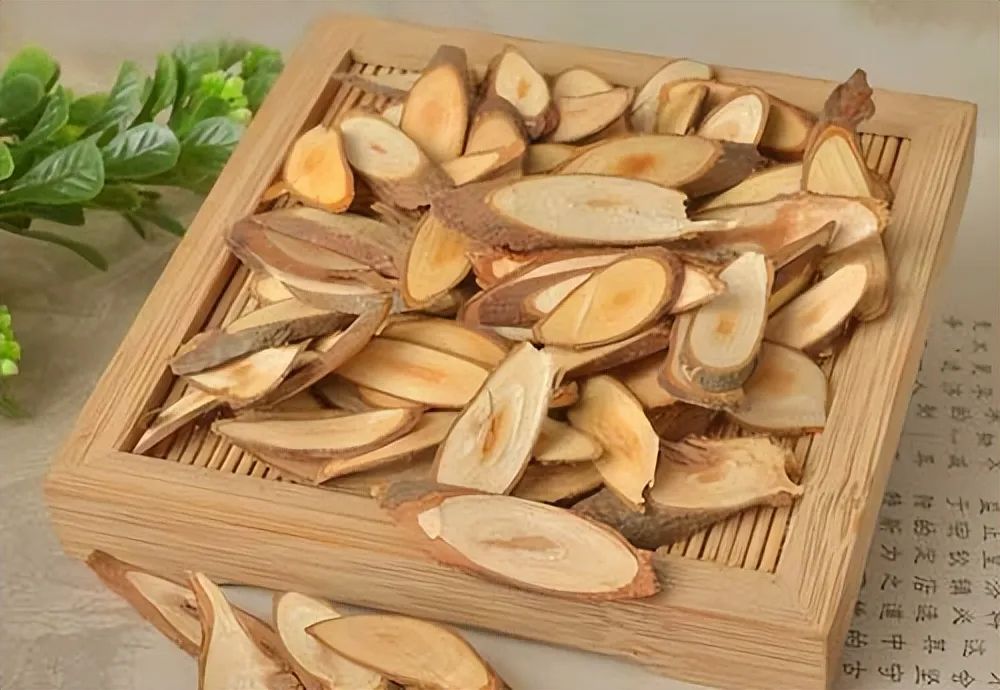
Third: Drying Dampness
When we see the term ‘drying’, it inevitably brings to mind fire. This method, in simple terms, involves using herbs to gradually ‘burn off’ the dampness in the body. For drying dampness, you can choose Bai Zhu (White Atractylodes), which is excellent for drying dampness and promoting urination.
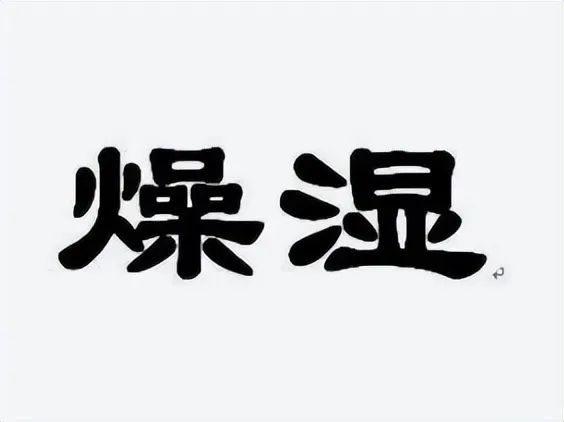
These three methods are just temporary solutions; they do not address the root cause. Dampness continuously forms, and it is essential to cut it off at the source.
The Huang Di Nei Jing (Yellow Emperor’s Inner Canon) states: “All dampness and swelling belong to the spleen.” Therefore, addressing dampness issues must start with the spleen. The spleen governs the transformation and transportation of water and dampness; ensuring the spleen and stomach function healthily is crucial. Herbs like Bai Bian Dou (Lima Bean), Gan Cao (Licorice), and Da Zao (Jujube) can help strengthen the spleen and replenish Qi, addressing poor transformation and transportation by the spleen and stomach.
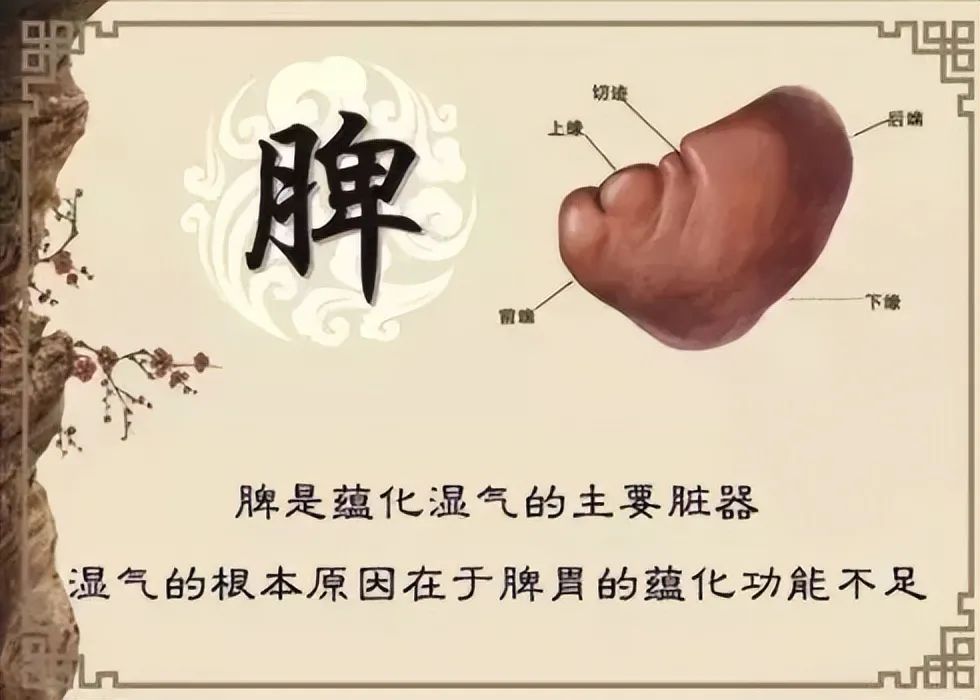
Here are some symptoms of excessive dampness in the body for you to consider:
① Oily hair and skin on the face and back, affecting appearance.
② Check if the tongue has indentations (the edges of the tongue appear wavy when extended).
③ Feeling fatigued, lacking energy, unable to concentrate, disliking exercise, and being talkative.
④ Sticky stools that cling to the toilet, making them hard to flush.
⑤ Morning swelling in the eyes or limbs.
⑥ Frequent abdominal bloating, poor appetite, a sticky feeling in the mouth, and bad breath.
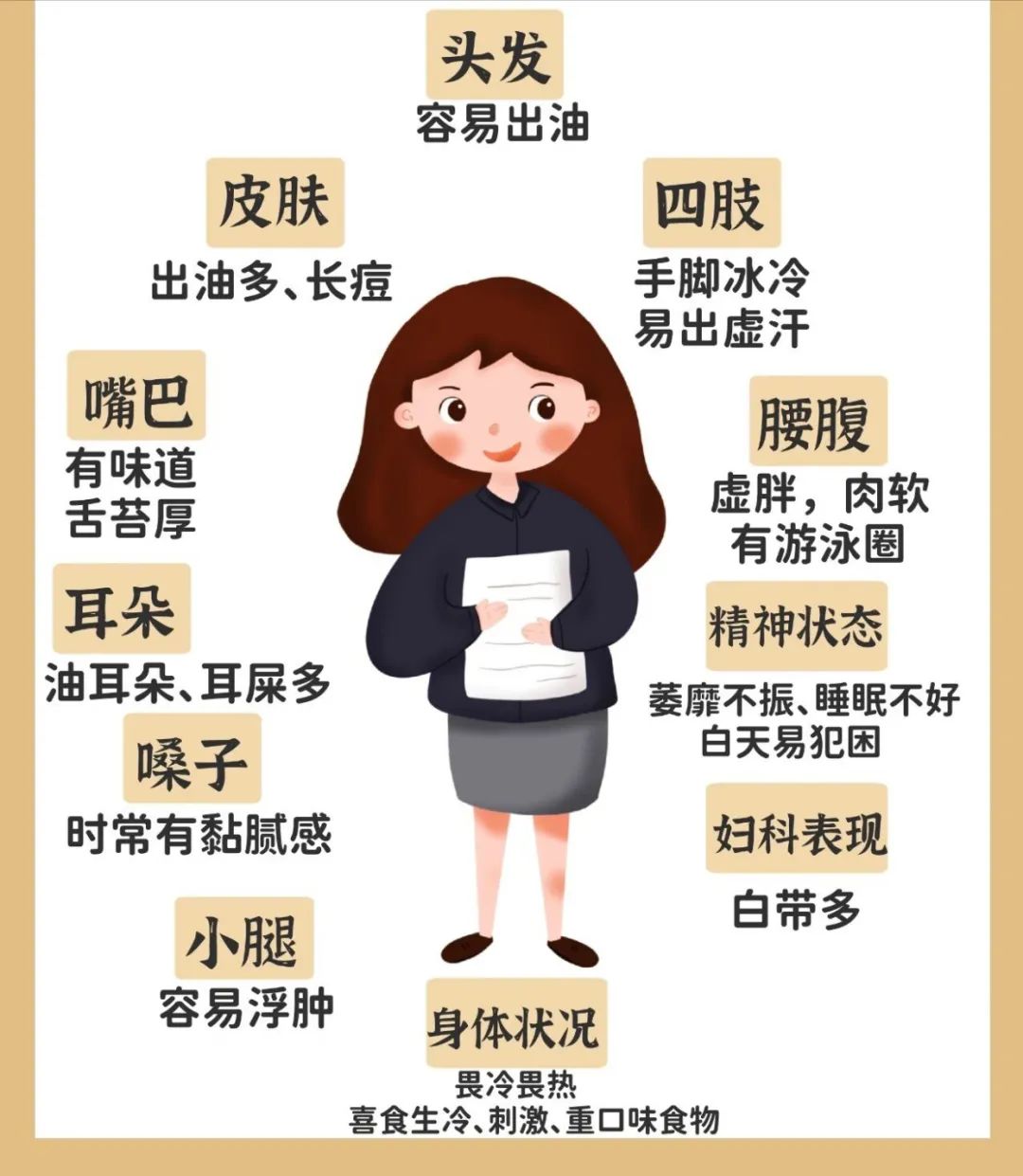
What are the causes of dampness formation, and how can it be avoided?
① Climate
The formation of dampness is significantly influenced by external factors. When the surrounding environment is persistently humid, it contributes to the accumulation of external dampness in the body, which is a primary cause of dampness formation.
② Diet
Illness often enters through the mouth. Excessive consumption of sweet, cold, and greasy foods burdens the spleen and stomach, leading to problems in transformation and transportation.
③ Irregular Lifestyle
Each organ in the body has a corresponding rest period. Long-term irregular sleep patterns and staying up late prevent the spleen and stomach from getting adequate rest, affecting metabolism and leading to dampness formation.
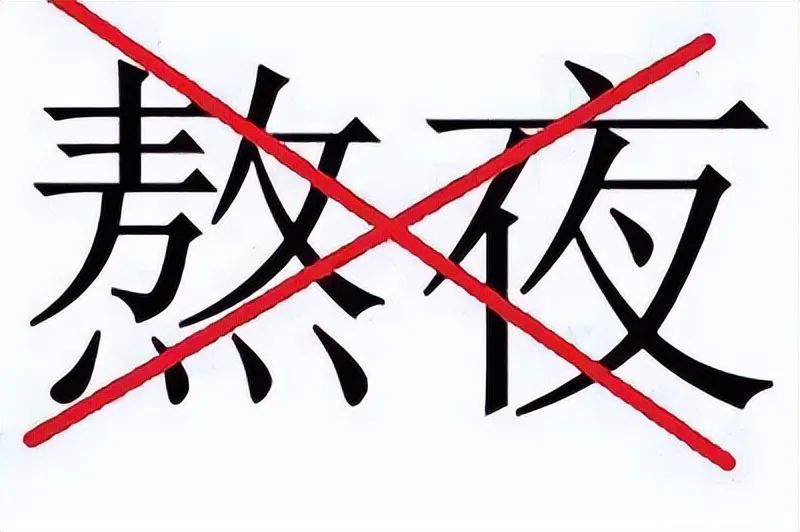
④ Emotional Disturbance
It is essential to learn to regulate one’s emotions. Frequent anger can lead to liver Qi stagnation, obstructing the transformation and transportation of the spleen and stomach, promoting the accumulation of dampness.
Thus, developing good habits is one of the important factors in preventing disease.
Little Wang provides you with knowledge on health and wellness.Click below to follow for free↓↓↓Note:This article contains some text and image resources from the internet. The purpose of reposting this article is to convey more information. If there are any errors in source attribution or infringement of your legal rights, please notify us immediately, and we will delete it promptly and apologize.You might also want to read:What are the differences between people with excessive dampness and others? What are the effective methods for eliminating dampness? How can one identify the presence of dampness in the body? There are significant manifestations, and what can be consumed to eliminate dampness?

